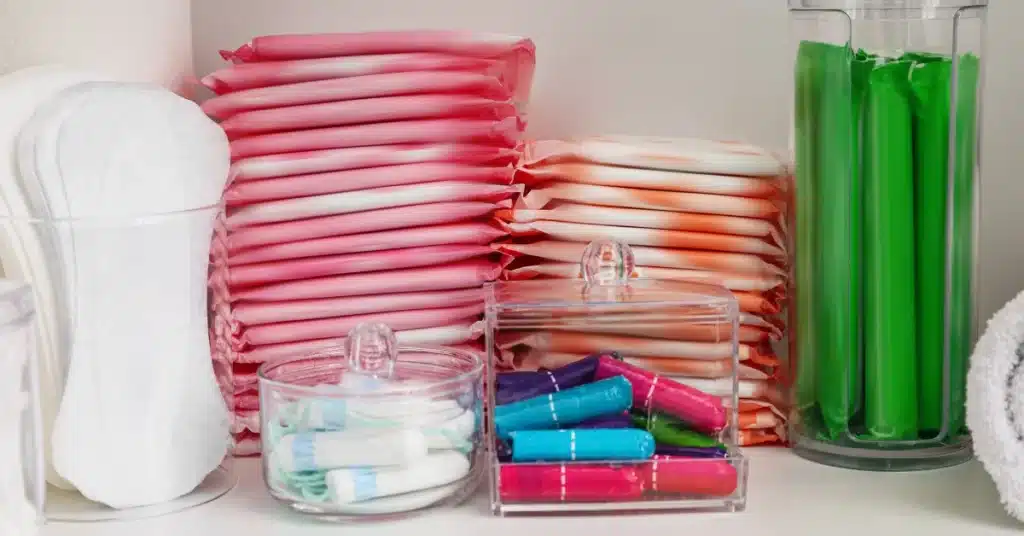What Not to Do After IUD Insertion: Your Guide to Post-Insertion Care
Choosing an Intrauterine Device (IUD) as a contraceptive method is a significant step in taking control of your reproductive health.
The convenience and effectiveness of IUDs make them a popular choice for many individuals.
Once inserted, an IUD can provide protection against unwanted pregnancies for several years.
While the insertion process itself is relatively quick, there are important considerations for self-care afterward.
In this article, we’ll explore what not to do after IUD insertion and offer guidance on aftercare to ensure a smooth and comfortable recovery.
What not to do after IUD insertion
While an IUD insertion is a quick and simple procedure, it’s important to be cautious about specific activities and behaviors to ensure a smooth recovery.
Here’s a list of what not to do after IUD insertion:
Avoid strenuous exercise
Immediately after IUD insertion, it’s advisable to steer clear of intense physical activities.
Strenuous exercise, especially activities that involve heavy lifting or intense abdominal engagement, can lead to increased discomfort, cramping, and potentially dislodging the IUD.
Give your body some time to adjust before resuming your regular exercise routine.
Skip hot tubs and saunas
Exposing your body to excessive heat, such as hot tubs and saunas, can increase cramping and increase the risk of infection.
It’s recommended to avoid these heat-inducing activities for at least a week after IUD insertion to allow your body to heal properly.
Refrain from sexual activity
You can engage in sexual activity as soon as you feel comfortable post-insertion.
However, it is suggested to wait for a day or more.
It’s essential to listen to your body and refrain from engaging in intercourse if you’re experiencing discomfort or pain.
In the first few days, your cervix may be more sensitive, and any added pressure could lead to increased cramping.
It’s crucial to communicate with your partner and prioritize your comfort during this period.
Avoid tampons and menstrual cups

In the days following IUD insertion, it’s recommended to avoid the use of tampons or menstrual cups.
Using these internal products may increase the risk of infection or interfere with the IUD placement.
Stick to external protection until your healthcare provider gives the green light to resume your usual menstrual product routine.
Self-care after IUD insertion
Now that we’ve covered what not to do after IUD insertion, let’s explore the essential aftercare practices to ensure a comfortable and uncomplicated recovery:
Take over-the-counter pain relievers
It’s normal to experience some cramping and discomfort after IUD insertion.
Over-the-counter pain relievers, such as Ibuprofen or Acetaminophen, can help alleviate these symptoms.
Follow the recommended dosage and consult with your healthcare provider if you have any concerns about medication interactions.

Order now for relief from the pain, cramps, and discomfort of IUD insertion.Â
Consult a healthcare professional to ensure suitability for you.
Brufen 400mgApply heat to ease cramps
Applying a heating pad or hot water bottle to your lower abdomen can provide relief from cramping.
The warmth helps relax the muscles and soothe any discomfort.
Just be sure to use a moderate temperature to avoid burns and limit the duration of heat application.
Rest and listen to your body
Allow yourself some time to rest and recover after IUD insertion.
Listen to your body’s signals and avoid pushing yourself too hard.
If you feel fatigued or experience increased discomfort, prioritize rest to aid the healing process.
Monitor for unusual symptoms
Keep a close eye on your body and be vigilant for any unusual symptoms.
If you notice persistent pain, excessive bleeding, or signs of infection, such as fever or abnormal discharge, contact your healthcare provider promptly.
Early intervention can prevent potential complications.
Conclusion
Choosing an IUD for contraception is a significant decision for reproductive health.
While IUDs offer long-term protection, post-insertion care is crucial.
Avoid strenuous exercise, hot tubs, and using tampons initially.
Communicate about refraining from sexual activity for comfort.
Self-care involves over-the-counter pain relief, heat application, adequate rest, and vigilant symptom monitoring.
Prioritizing these considerations ensures a smooth recovery and maximizes the benefits of this effective contraceptive choice.
Frequently Asked Questions
What is the main cause of IUD expulsion?
IUD expulsion can occur due to a variety of reasons, including incorrect placement during insertion, uterine contractions, or infections. If you suspect expulsion, contact your healthcare provider promptly.
Can I engage in sexual activity immediately after IUD insertion?
No, you must not engage in sexual activity immediately after IUD insertion. It is advisable to wait for at least 24 to 48 hours before engaging in sexual activity. Using additional contraception during the first seven days is also recommended.
Do hormonal IUDs affect menstruation patterns?
Yes, hormonal IUDs can impact menstruation patterns. Some users experience lighter or irregular periods, while others may have no periods at all. It’s essential to communicate any significant changes in your menstruation cycle to your healthcare provider.
How long does it take for the body to adjust to an IUD?
The adjustment period varies from person to person. Mild cramping and spotting may occur for a few days, but these symptoms should subside within the first month. If discomfort persists, consult your healthcare provider.
WowRx uses only high-quality sources while writing our articles. Please read our content information policy to know more about how we keep our content reliable and trustworthy.






